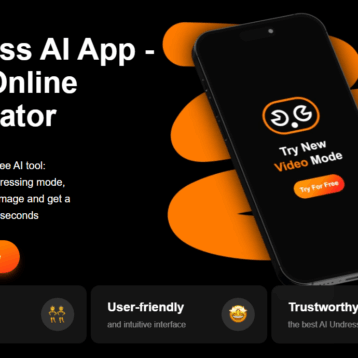What if your mobile phone can help you recognize any type of bird on the planet just by having it listen to the noises it makes? This is exactly what two Ecuadorian researchers have been trying to develop, and if they will get their way one day the entire animal kingdom will be just one sound away from digital recognition.
There are believed to be approximately 10,000 bird species around the world. Many thousands of bird researchers and numerous bird birds watchers are trying to identify them and learn more about their behavior, habitat and of course their unique vocalization. But how can you identify a bird you can’t see (something which happens quite often in nature)? you can try and listen to the noises it makes and look for them in a guide (not the easiest task). Two Ecuadorian researchers had a better idea.
–
–
Hugo Jacome Andrade and David Parra Puente have been working for several years on an ambitious project – developing a software that can transform bird sounds into a sequence of numbers that can be converted into bar code. In late 2011 they demonstrated a working prototype of the software which imports recorded sounds and transposes them into a Quick Response (QR) bar code and then decodes them it using a conventional bar code scanner.
–
–
The demonstration was just a basic proof of concept. The real goal now is to create a mobile application for researchers and bird watchers that will be able to replace many printed guides and act as a pocket field guide combining voice recognition and maybe (later on) image recognition from the cell phone camera to recognize the bird and provide information immediately.
–
–
The potential of such an application are vast. Using the phone’s built in GPS, users from around the world can identify and then pinpoint the location of different bird species helping researchers create a global map of bird life across the globe. There is also no reason to stop with birds (although they are defiantly the most popular among amateur nature enthusiasts). Future versions of the app could also identify other animals such as frogs, helping scientists with their work.
–
–
Its still not clear how much work it will take to bring the first version of the app to the market. Some more information on the research can be found on the following page from the “162nd Acoustical Society of America Meeting“.
–
–
TFOT took keen interest in many innovative mobile apps. Most recently we covered another “bird related” app (although probably slightly more addicting) – Angry Birds – with its newest incarnation Angry Birds Space, which was created by Rovio in partnership with NASA and National Geographic.











